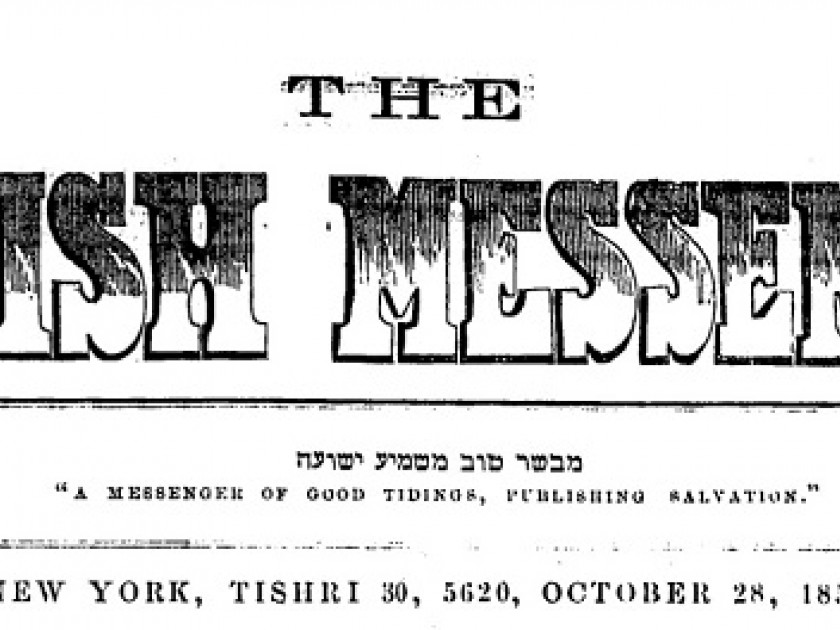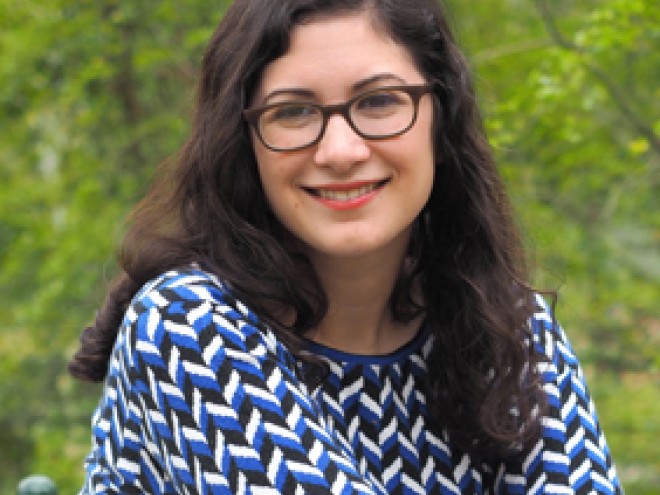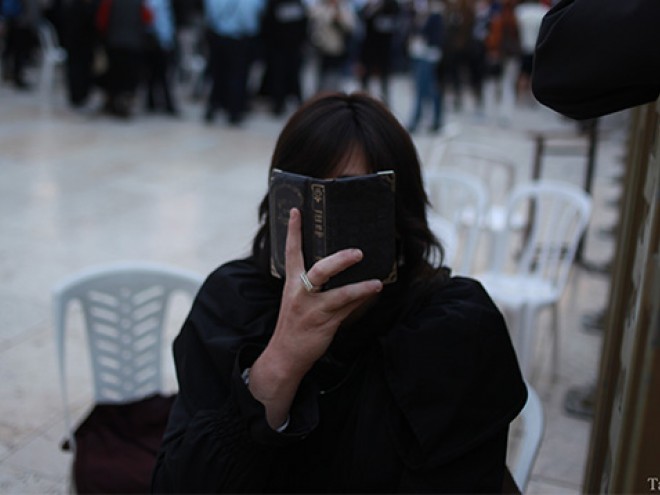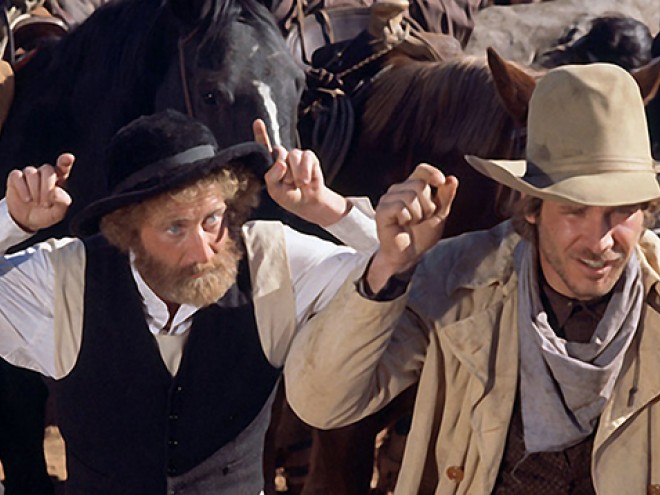
Shari Rabin is the author of Jews on the Frontier: Religion and Mobility in Nineteenth-Century America (NYU Press). She is blogging here this week as part of JBC’s Visiting Scribe series.
When most people think about American Jewish history, they think about New York City and the Lower East Side, where Yiddish-speaking Russian immigrants created a vibrant neighborhood life. And yet, American Jews have lived in a bewildering array of American towns, cities, and villages, many far afield from the island of Manhattan. This was especially true in the nineteenth century, when young Jewish migrants from German-speaking lands fanned out into the American hinterland working as peddlers and small-town merchants. Many of these tiny communities petered out as their members moved on to opportunity elsewhere, and yet evidence of their existence lingers in the historical record.
In particular, members of these communities wrote to new Jewish newspapers—The Occident and American Jewish Advocate, out of Philadelphia, The Israelite, printed in Cincinnati, and New York’s Jewish Messenger—to let their fellow Jews know that they existed and to place themselves on the emerging map of Jewish America. Typical was the sentiment of one correspondent, who wrote to The Israelite in 1869, “Although having been a regular reader of yours since your journal made its first appearance, I never yet undertook to address you until now, hoping you will not refuse to hear even from this little place.” One historian estimates that Jews lived in over one thousand American towns on the eve of the Civil War, and hundreds of them hosted Jewish communities of varying sizes, durations, and levels of organization. Here are five examples:
Claiborne, Alabama
In 1846 “the young Israelites scattered in the neighborhood of Claiborne” wrote to Isaac Leeser, editor of The Occident, requesting a Torah scroll, shofar, and other worship necessities. By 1853 the congregation had dwindled, but fifteen local Jews organized again and hired a religious functionary to lead services, slaughter kosher meat, and perform circumcisions. Today Claiborne, located on the Alabama River in the southwest portion of the state, is a ghost town.
Downieville, California
In this Gold Rush town, fourteen local Jews observed Yom Kippur in 1855, creating a makeshift service of worship, meditation, and prayers that they divided among themselves. Correspondent “A.S.H.” complained in The Israelite about the remaining six Jews in town: “Those who were not disposed to join us in our devotions…mocked us for upholding the faith of our fathers here in this country.”
Milliken’s Bend, Louisiana
Milliken’s Bend, the site of a minor Civil War battle, no longer exists, but it was located on the Louisiana side of the Mississippi River, fifteen miles north of Vicksburg, Mississippi, which hosted its own thriving Jewish community. Nonetheless a local Jew wrote to the editor of The Jewish Messenger in 1859 to announce that “the Day of Atonement was observed in this town where only six Jewish families reside.”
Helena, Arkansas
By 1869 this Mississippi River town boasted fifteen Jewish families and a congregation. That year correspondent “H.” described to Israelite readers the recent celebration of a bris, which had been attended by local Jews and “the most select of the Christians.” It featured “a very fine table spread with all the luxuries of the season, and an abundance of wines, to which we all did full justice.” Attendees at the event took up a collection for “the orphans,” raising $21.
Keokuk, Iowa
When Israelite editor Rabbi Isaac Mayer Wise visited this Mississippi River town in 1856, he wrote, “I have not the least doubt, Keokuk will be a considerable congregation in but a few years.” The town did boast a flourishing and progressive Jewish community in the nineteenth century. In 1875 correspondent F.B. reported that “we adopted the rule to open divine service if ten ladies are present, as well as if ten men are present,” not out of egalitarian principles, but because of pragmatism — most men felt compelled to work on Saturdays. Two years later, the congregation built a synagogue, the first in the state of Iowa.
Shari Rabin is associate professor of Jewish studies and religion at Oberlin College. She is the author of Jews on the Frontier: Religion and Mobility in Nineteenth-Century America, winner of a National Jewish Book Award.



